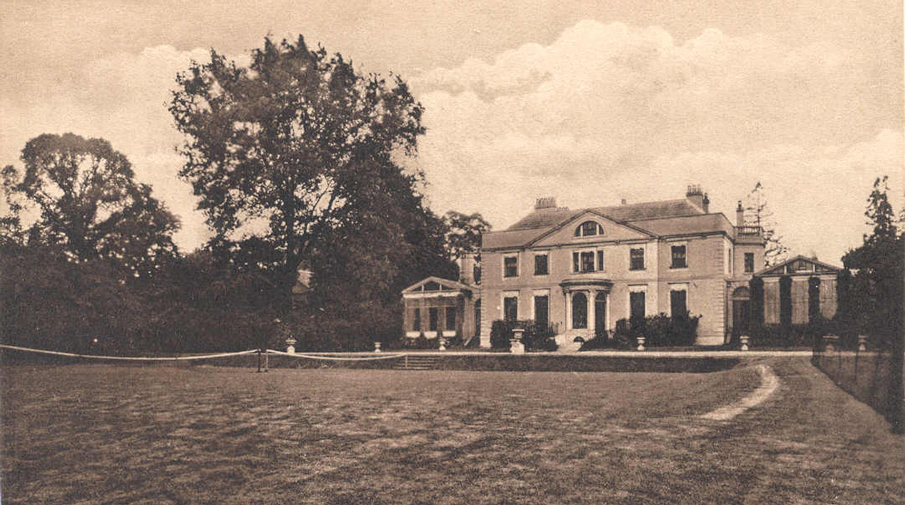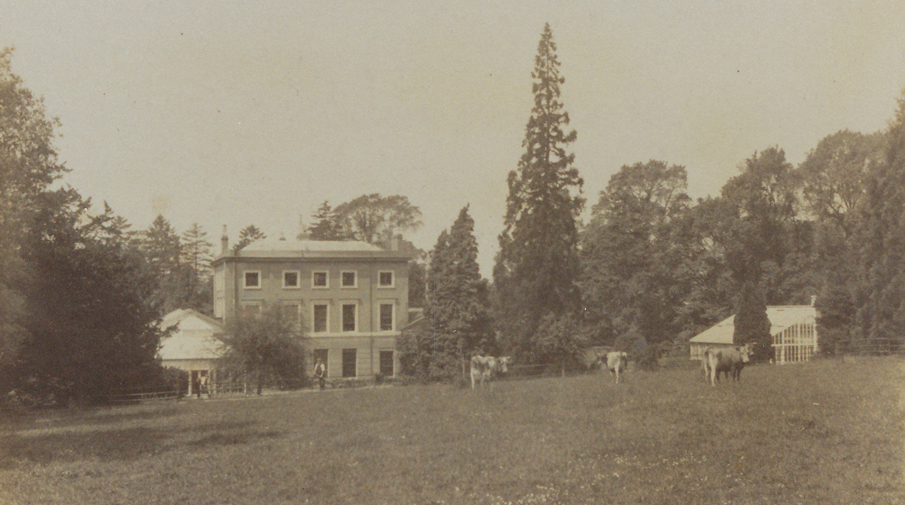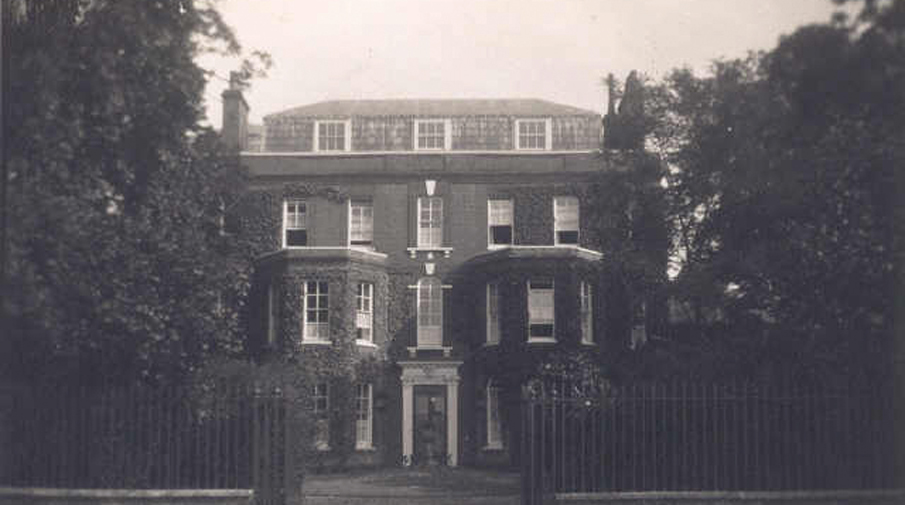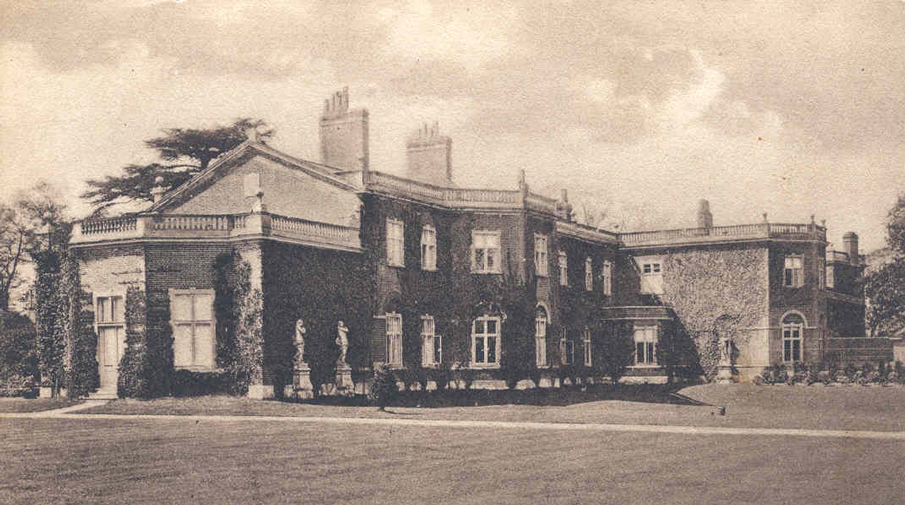The Durdans
The infamous grand house and stable on Chalk Lane is so rich in local history and it’s mainly down to one of its owners, Lord Roseberry. Archibald Philip Primrose, the 5th Earl of Rosebery was a British Liberal politician who served as Prime Minister from March 1894 to June 1895. Although his term was short, his influence in government and with the Royal family together with his passion for horse racing, made him a celebrity of his time. A record 69 of his horses entered the Derby and three of them won. Lord Roseberry died at The Durdans aged 82 in 1929. It’s also the burial site of four Derby winners; Amato (the horse of Sir Gilbert Heathcote who owned the house prior) Ladas, Sir Visto and Cicero. There are 3 listed buildings still in use, along with listed iron entrance gates. In the late 1900s, Durdans Stables fell into a state of disrepair but was restored and has recently sold for 2.5 million!

Bourne Hall
We know it as a space ship-looking library in Ewell but in its former years, it was known as Garbrand Hall; built in about 1770 for Philip Rowden, a wealthy wine-merchant. In 1795, it was bought by Thomas Hercey Barritt, who was responsible for building the imposing gateway at the junction of the High Street and Spring Street, known as the ‘Dog Gate’; a reference to the Talbot hound which stands on the top. Garbrand Hall was bought in 1926 by Margaret Glyn, a daughter of Sir George Glyn, the vicar of Ewell and it was renamed Bourne Hall. The grounds became a ‘school for the daughters of gentlemen’, opened in 1929 by the owner of the nearby Ewell Castle School for boys. In 1954 after the school closed, the land was sold to Epsom & Ewell Borough Council and providing the layout of the gardens be retained; the trees and shrubs preserved, plans started for a new library to be built.

Woodcote
The present house dates mainly from the early 19th century but originally, Woodcote House was acquired by Sir Edward Northey in the late 17th century and became the family seat to the Northey family for 250 years. In the late 1930s, Woodcote House and the surrounding land was sold to Earnest Gabriel Harwood, whose building company developed most of the land for housing, forming the Woodcote Estate. The house itself was subdivided into flats, undergoing major refurbishment.
This area now forms the Woodcote Millennium Green and is unique in Surrey. It now flourishes under the stewardship of a Trust whose members are passionate to retain the character of the landscape that has passed through the ownership of monks, lords and developers over the last thousand years.

Hylands House
On Dorking Road, dating back to the 1700s, this handsome red bricked house set in front of a fountain carriage-roundabout sits handsomely behind wrought-iron gates. It’s most famous claim to fame is that it once belonged to the aunt and uncle of John Constable 1776-1837. England’s finest landscape painter visited his family regularly and stayed at Hylands House between 1809 to 1811. His love of the area is depicted in his famous oil painting ‘A View of Epsom’ part of the Tate collection. This historically important house has three bedrooms in the main part of the building; part sectioned off into four self-contained flats and a separate guest cottage that would have formerly housed servants.
For more info about Epsom & Ewell visit eehe.org.uk





